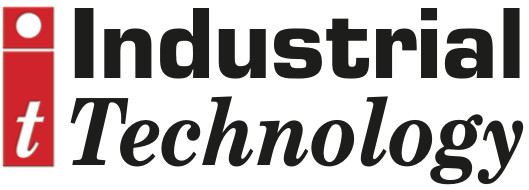
Posted to News on 1st Jul 2025, 10:00
Two approaches to using AI in control systems
In the 1971 film, Willy Wonka, an egg testing machine decides that Veruca Salt is a bad egg and sends her down the waste chute after she sings, I Want it Now. But does the egg tester use machine learning or a neural network to decide? Here, Ivalyo Ivanov, support engineer at PC-based control specialist Beckhoff UK, compares two tools in the AI toolbox.

(See Beckhoff at MachineBuilding.Live, 15 October 2025, on stand 214)
As artificial intelligence is increasingly adopted into manufacturing and industrial processes, many wonder where AI can apply to their systems. Machine learning and neural networks are two tools that can transform control systems - but they serve different roles depending on the nature of your data.
Machine learning
Any numerical data that can be extracted from analogue input terminals is a gold mine for a machine learning algorithm. The system can analyse data such as pressure, temperature, voltage, current or vibration and provide an output that can be interpreted by other systems.
For instance, in a wind turbine, two chief components to monitor are the shaft and bearing. Here, temperature and vibration values can be fed into a machine learning algorithm which will then decide whether to take action, such as deploying the brakes, to protect the turbine.
In addition to wind turbines, shafts and bearings are found in a huge range of modules operating in many sectors, such as the mixers, blenders and packaging machines found in the food and drink industry, or the tablet presses, centrifuges and filling lines used in pharmaceutical manufacturing.
Neural networks
In industries where minor defects can have serious consequences if they escape detection, like aerospace, food and drink or pharma, a facility might require more than the machine learning system mentioned previously. A neural network makes use of more complex data, such as images or live audio/video feeds from industrial cameras.
Consider a biscuit production line. A neural network can perform two separate tasks on a visual feed of the line's output: recognition and classification. First, the neural network examines an image and considers whether the image shows a biscuit, or if an anomaly like a foreign object or contaminant has entered the production line.
If it is looking at a biscuit, the neural network would then classify the image. It could ask a range of questions, such as, is this biscuit cracked or broken?' or 'is there a label out of place or missing?' If so, the network can classify that biscuit as 'non-OK', while yesses would generate an 'OK' classification.
Using machine learning, it's possible to monitor external assets and remotely diagnose issues. Once a problem is diagnosed, operators can plan for downtime, deploy maintenance engineers to make repairs or replacements and then resume manufacturing. This proactive maintenance is less disruptive than reactive fault finding and repairs after a component has failed.
In some manufacturing processes, such as the enclosure of anchor bolt sleeves, small deviations in quality can be difficult to catch without manual inspection. If these inconsistencies make it to the end user, they can result in complaints or product failure. By integrating a neural network directly into the control system - as demonstrated in a Beckhoff-supported project - manufacturers can perform real-time quality checks using existing machine data. This not only reduces defects and waste but also ensures consistently high output without the need for additional sensors or test stations.
Willy Wonka never reveals whether his machine labelled Veruca Salt a bad egg by analysing the emotional nuance of her entire song like a neural network, or by simply counting how many times she shouted, "I want one!" like a more traditional machine learning algorithm. But he surely knew - or at least his Oompa Loompa control systems engineers did - that the type of data available should guide the choice of tool. Likewise, modern engineers must understand their process data to decide whether machine learning or neural networks offer the most effective solution.






